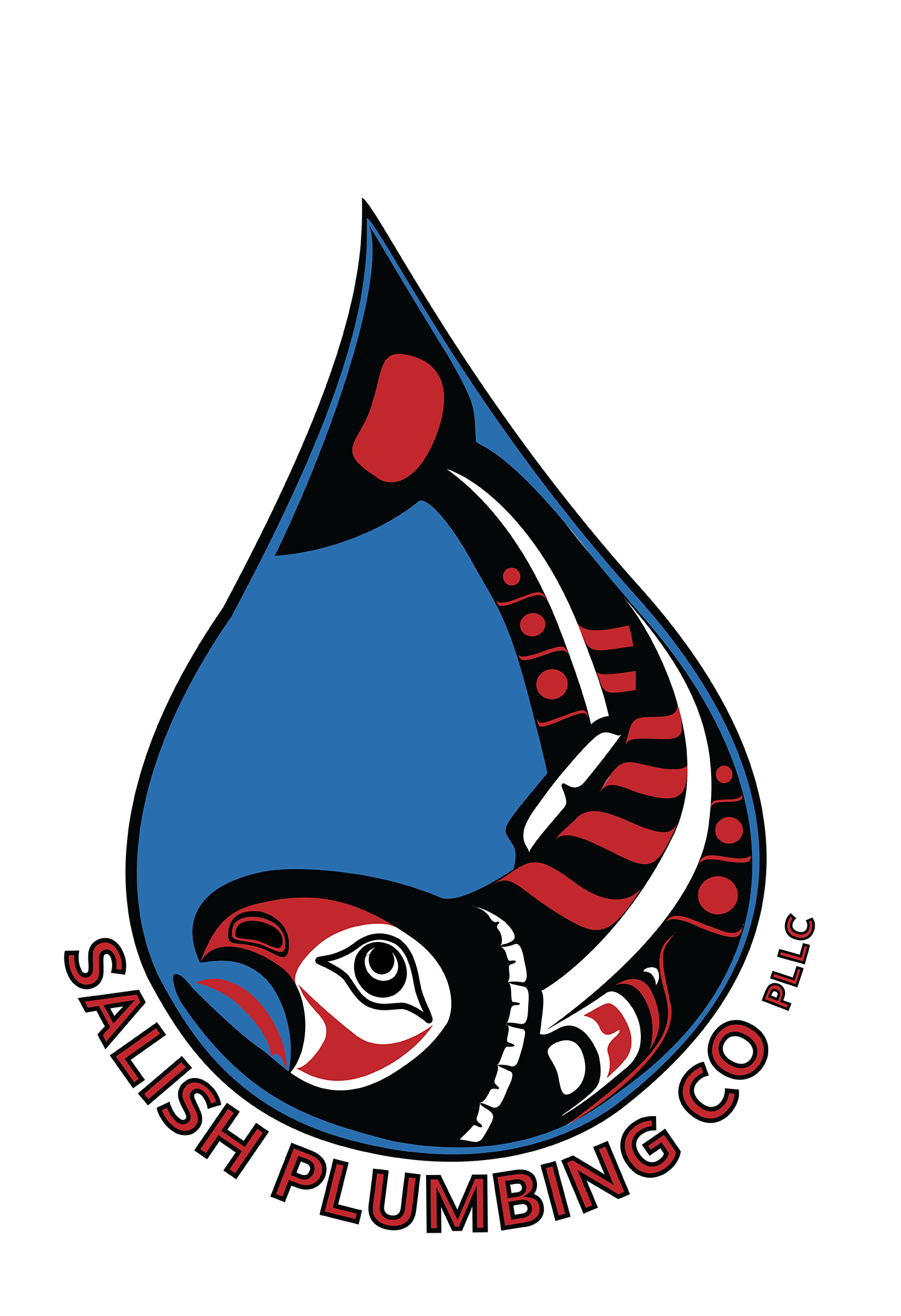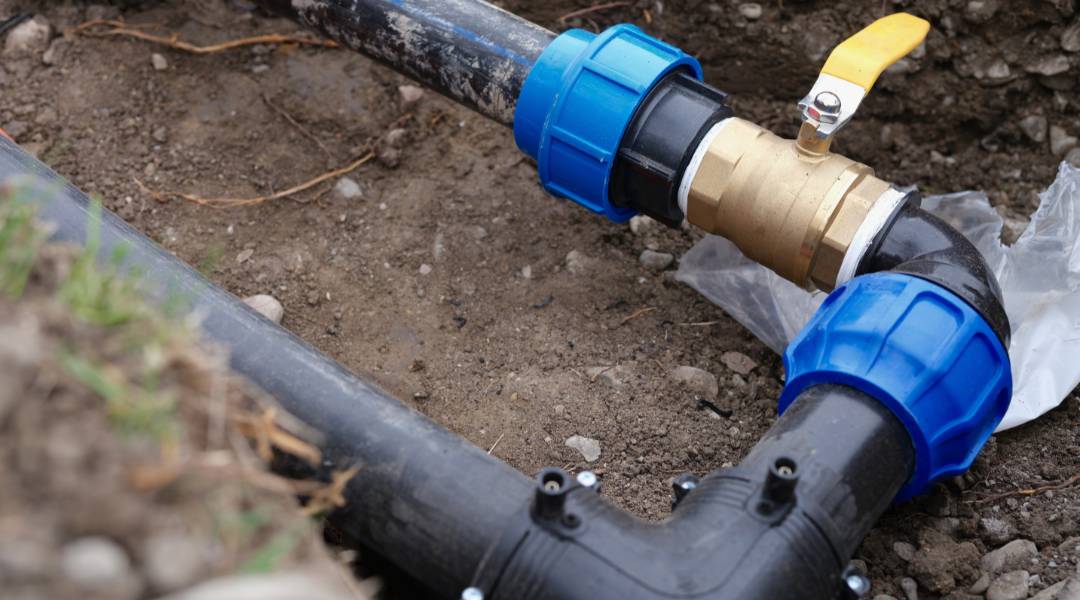Water lines are typically buried underground, making it difficult to identify problems or gauge their condition. Over time, these pipes may deteriorate and require repairs or a complete replacement. To prevent potential damage from worsening, it is crucial to recognize the telltale signs that your water line needs attention.
With years of experience, we understand the importance of proactively maintaining your property’s infrastructure. Let us help you detect any issues with your water line before they become costly emergencies.
Spotting Water Line Issues
If your water turns brown or yellow, it’s a sign. This means rust, sediment, or dirt could be in the pipes, and it suggests a break in your water line.
When you see this discoloration, get help from a pro right away. Homes with old iron pipes face a higher risk of rust and must often replace them with copper ones that last longer without corroding. Do you notice bad-tasting water?
Or is your shower less strong? These are clues, too. A sudden high bill can also point to leaks in the water line replacement, which needs checking if nothing else has changed at home.
Low pressure makes cleaning hard and points to blockages. Wet lawn spots or indoor floors suggest hidden leaks—signs that call for immediate action to fix or replace parts of your plumbing system before further damages occur.
Exploring Replacement Options
Once you’ve noticed issues with your water line, exploring replacement options becomes vital. You can choose trenchless technology for minor damages. This method uses cameras to check inside the pipes and fix them without big digs.
It’s good because it doesn’t mess up your yard much. For bigger problems, replacing the old pipe might be better. There are a few ways to replace a water line: full, partial, or rerouting.
A full replacement means putting in new pipes from start to end, which is best when the damage is too bad or they’re just too old now; this ensures everything works well again. If only part of your pipe has troubles like leaks due to age or roots breaking through, then partial replacement could work. Another choice involves changing where your water line goes if its path causes more harm than help – this is what we call rerouting.
Remember, each option aims to ensure you get clean and steady water without future hassle while also considering saving time and money with less digging, especially using the modern methods mentioned before.
Understanding Cost and Preparation
Knowing the setup of your water line helps fix it quickly when issues pop up. Your main pipe, made from copper, galvanized steel, or plastic, links your home to the public supply. It’s buried underground and connects to a meter and shut-off valve for control during leaks or repairs.
Manage well by spotting poor installation signs like leaks, which harm pressure and usage, causing extra costs. Corrosion also hurts pipes over time; maintenance is key to avoid damage, which affects the quality and safety of water flow. Tree roots pose another risk by cracking these lines, seeking moisture, leading to blockages that must be handled carefully.






